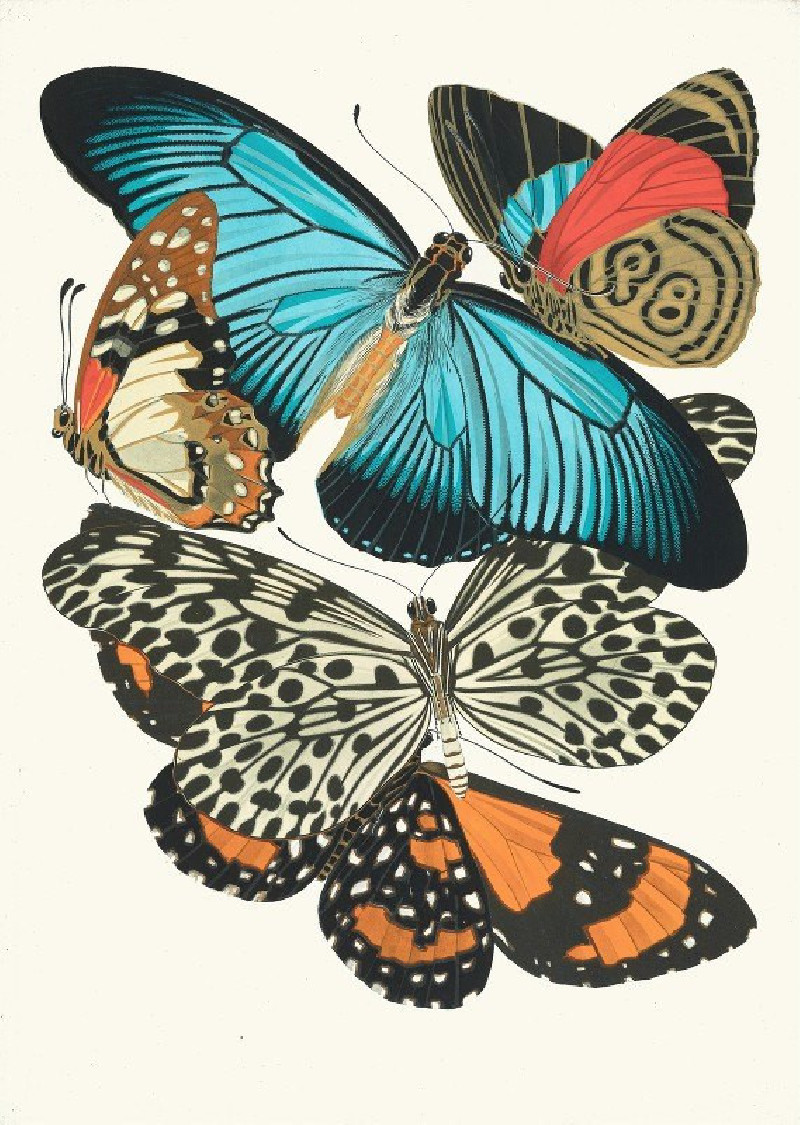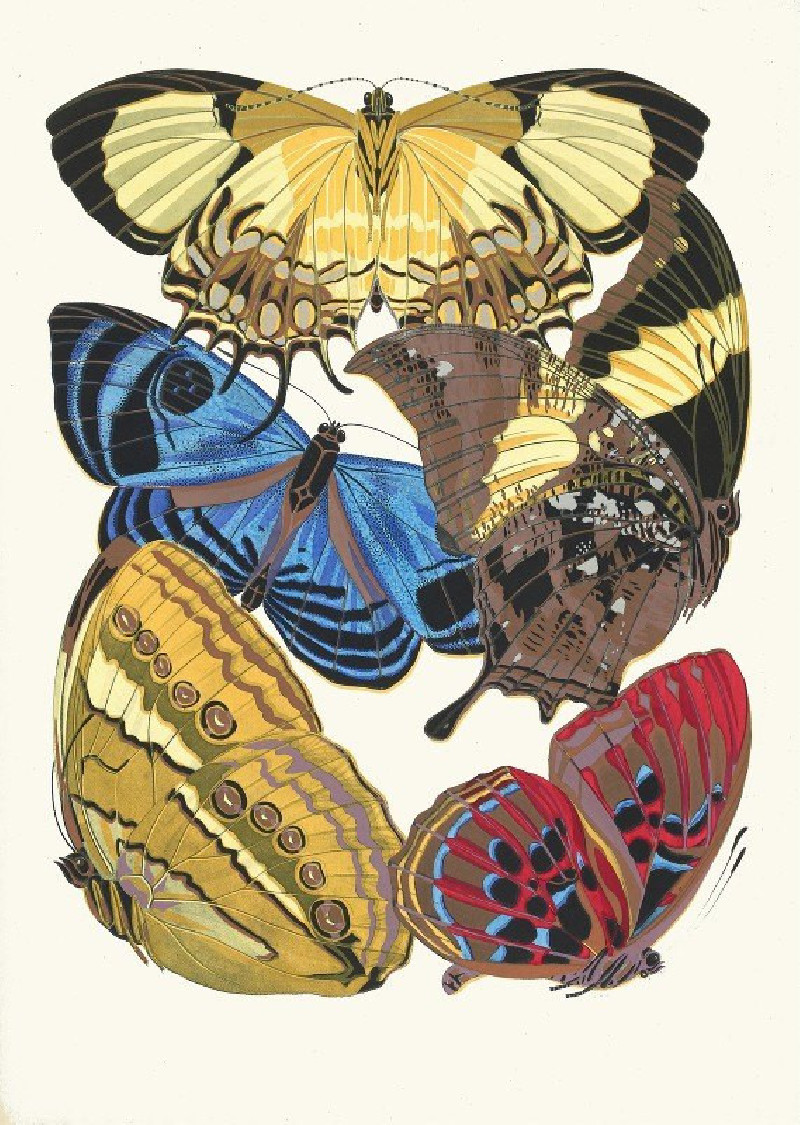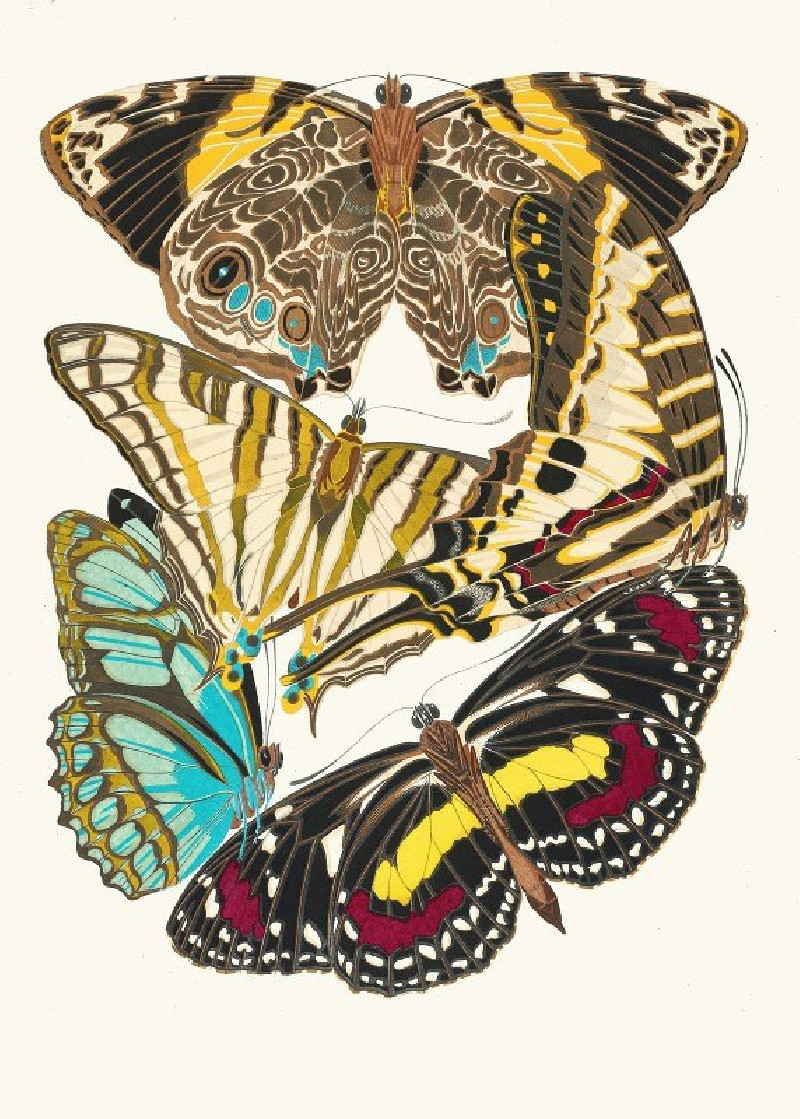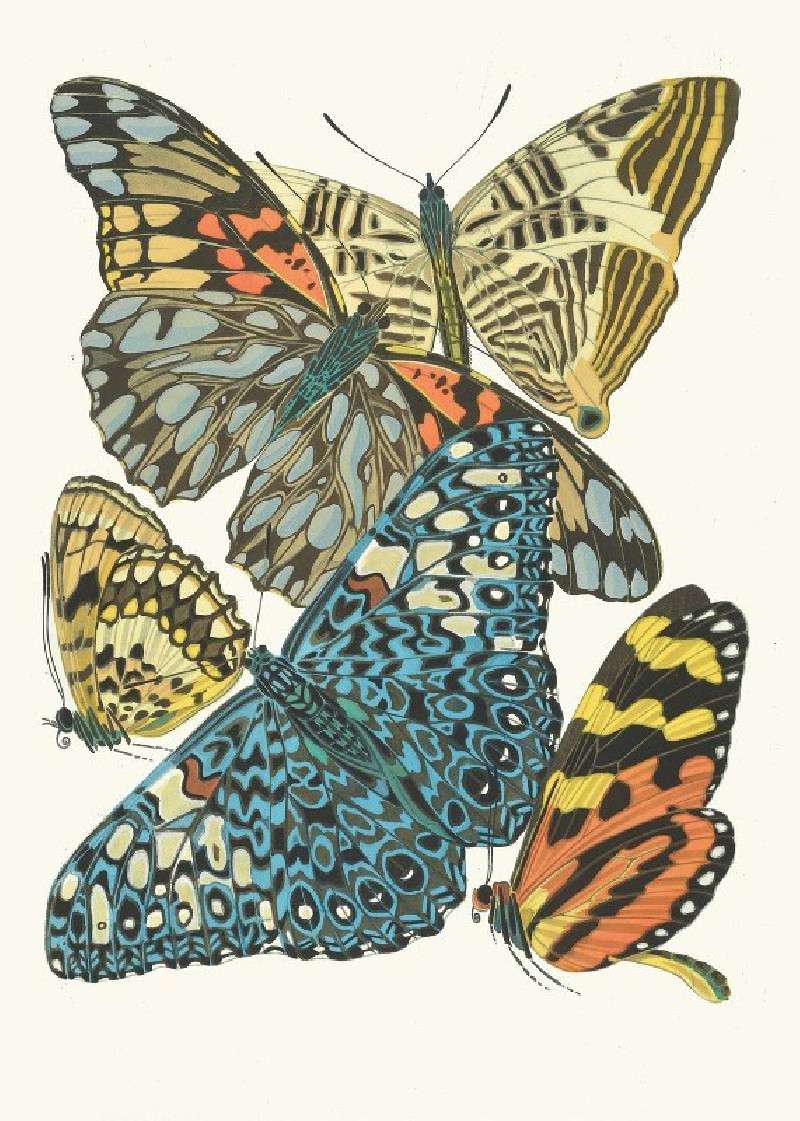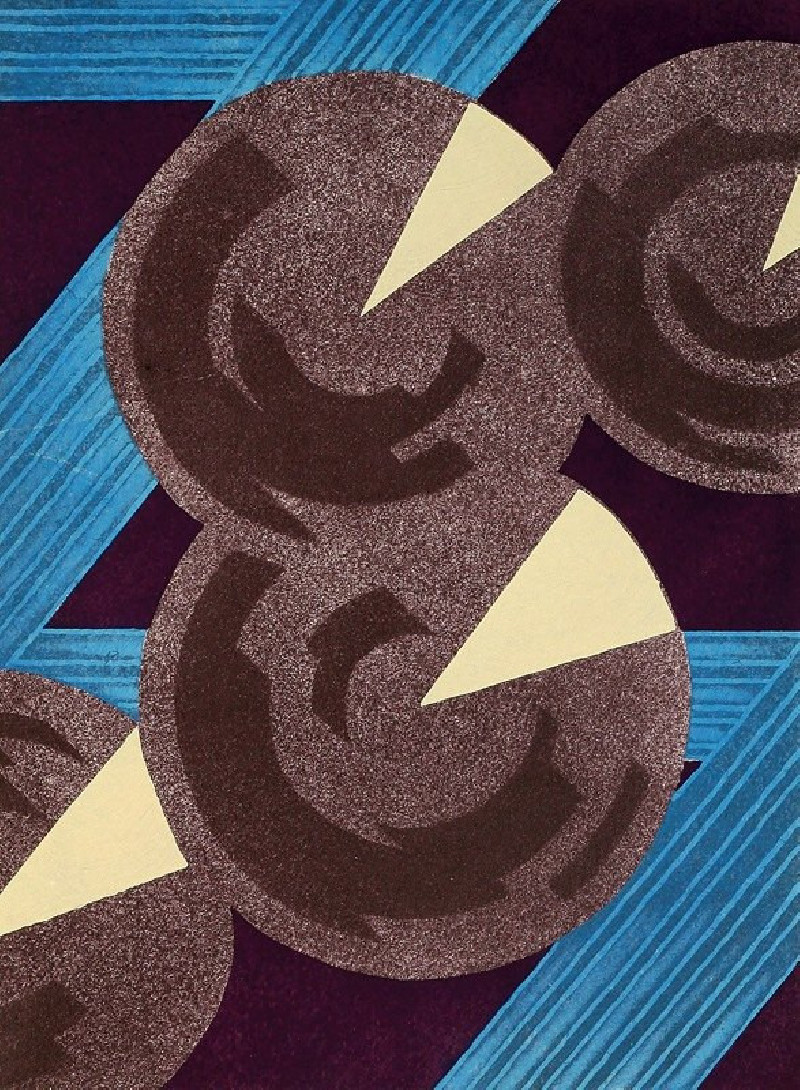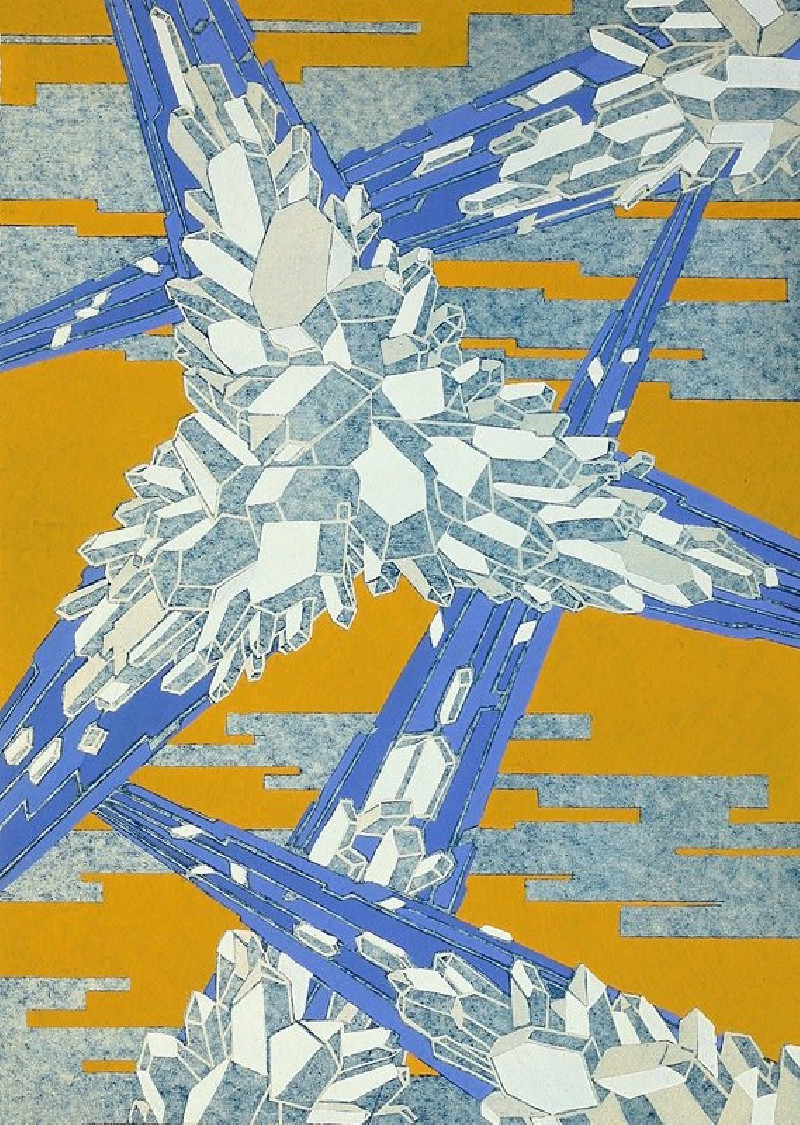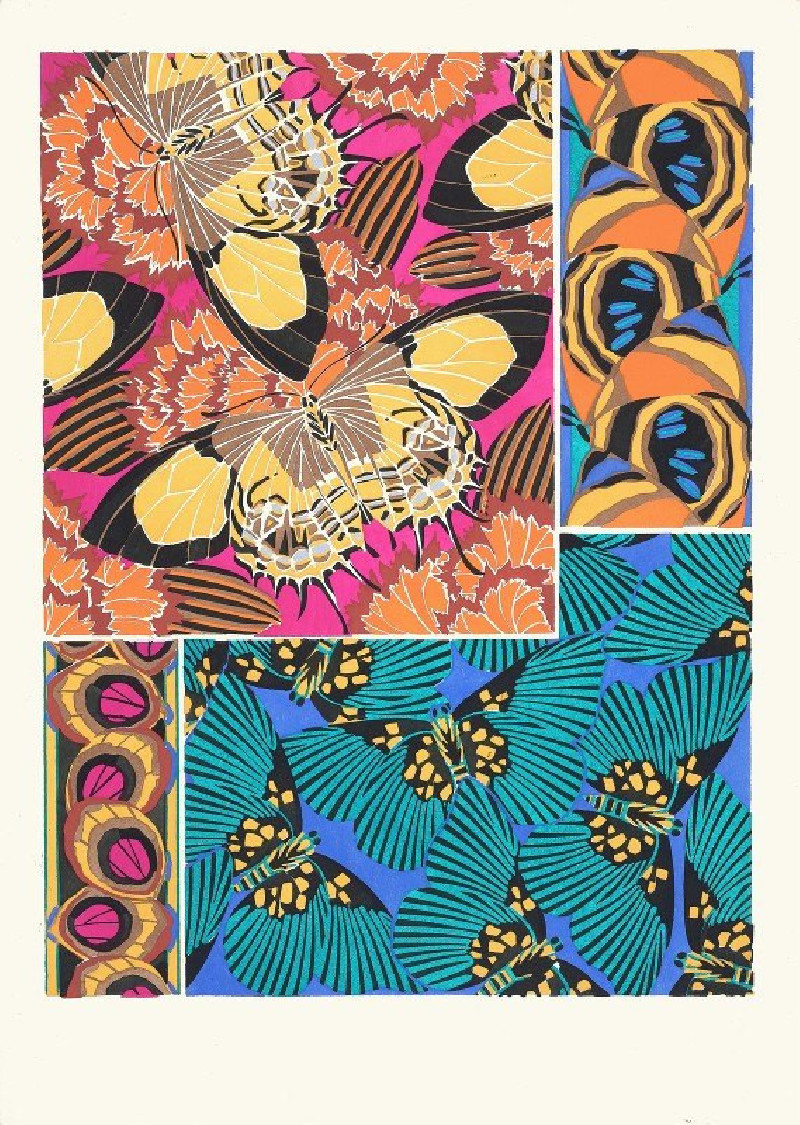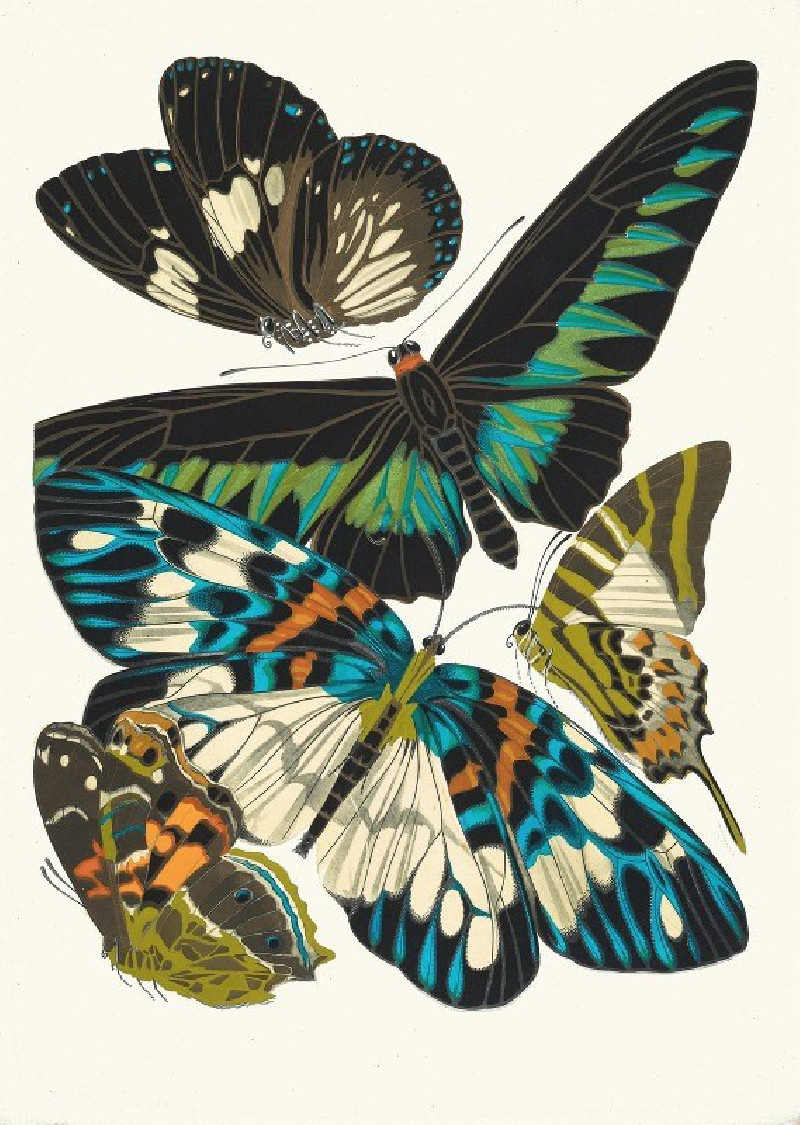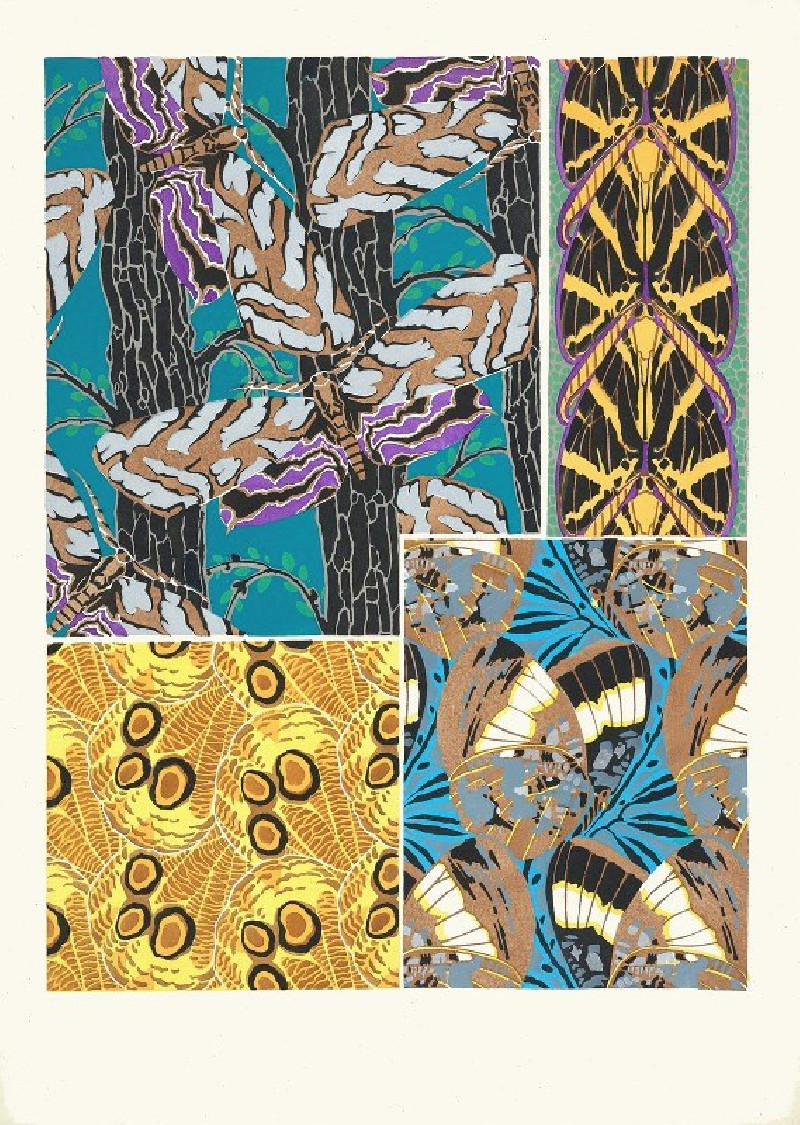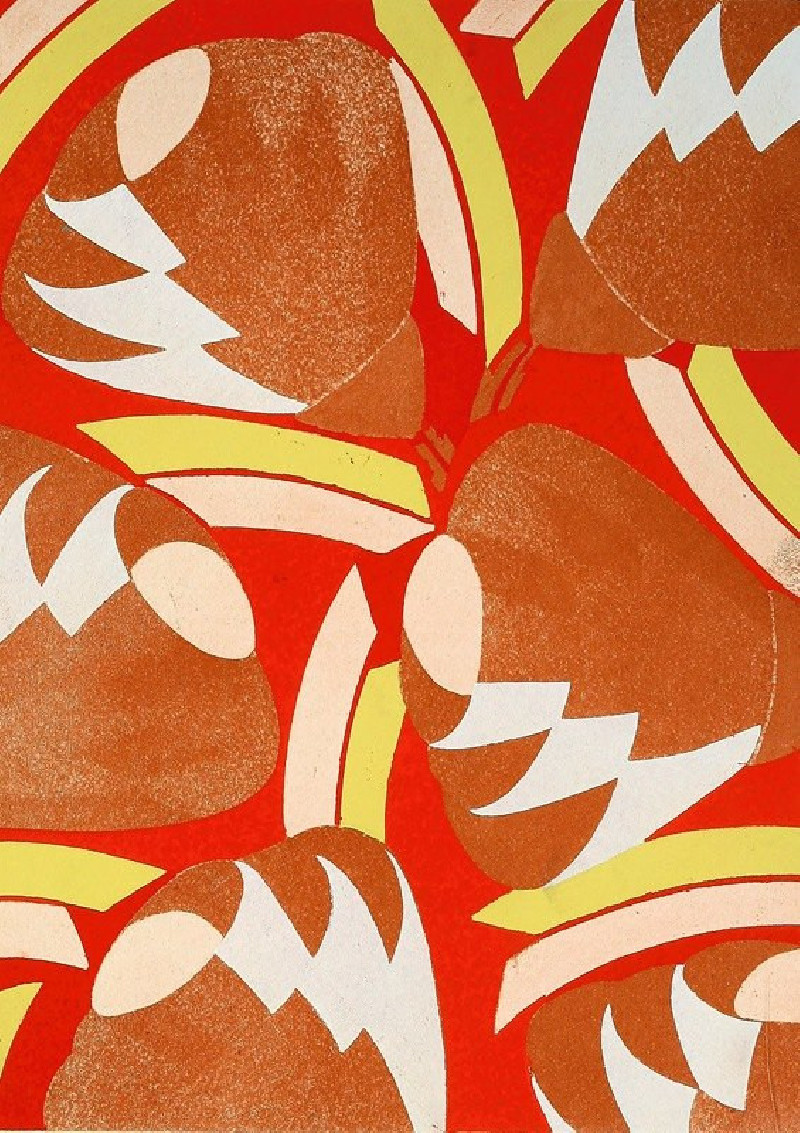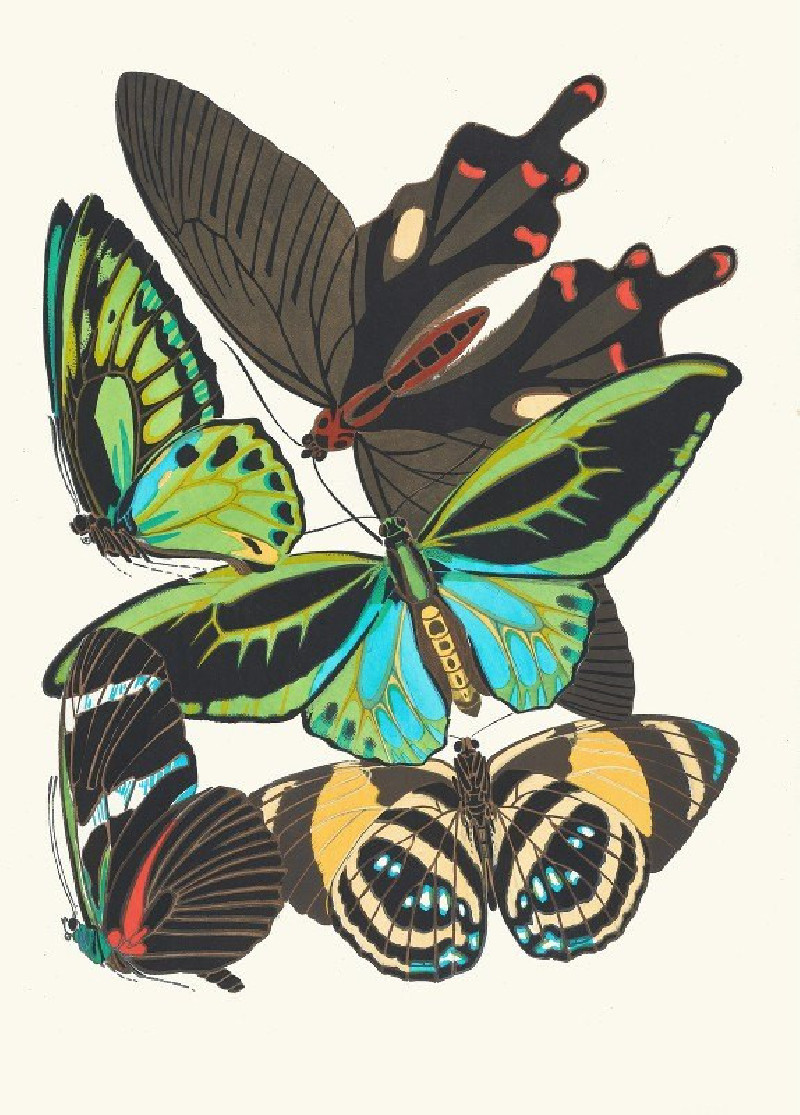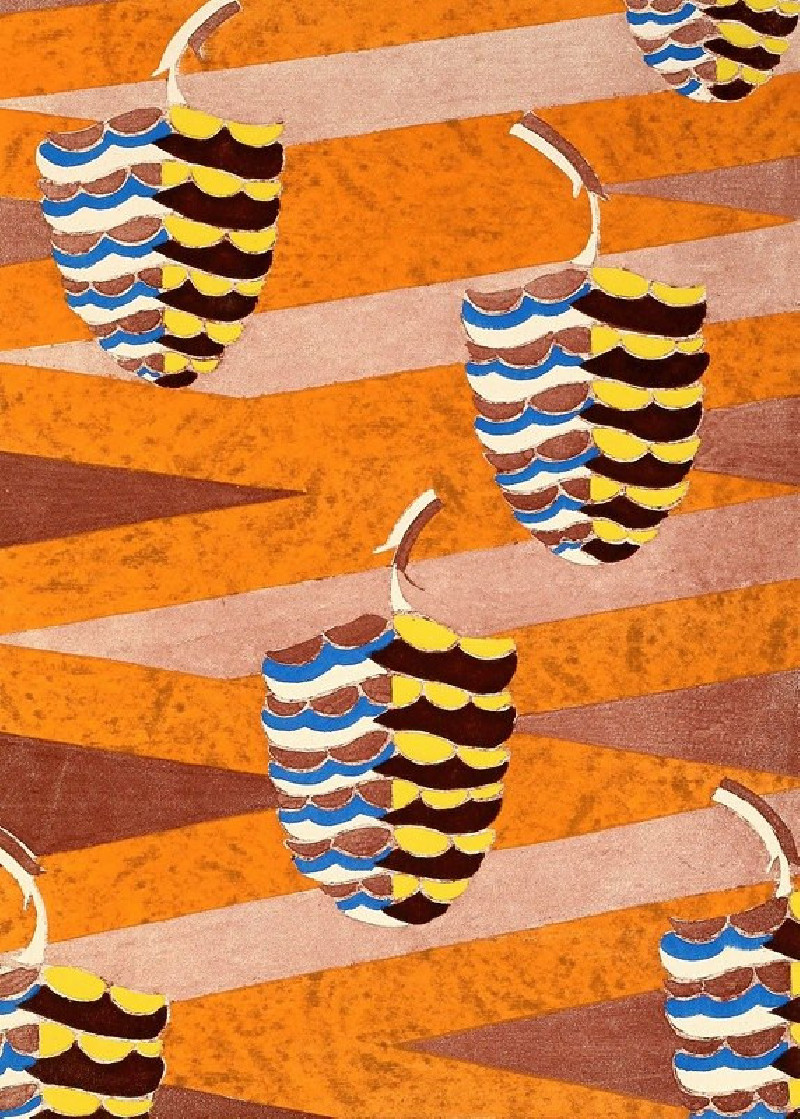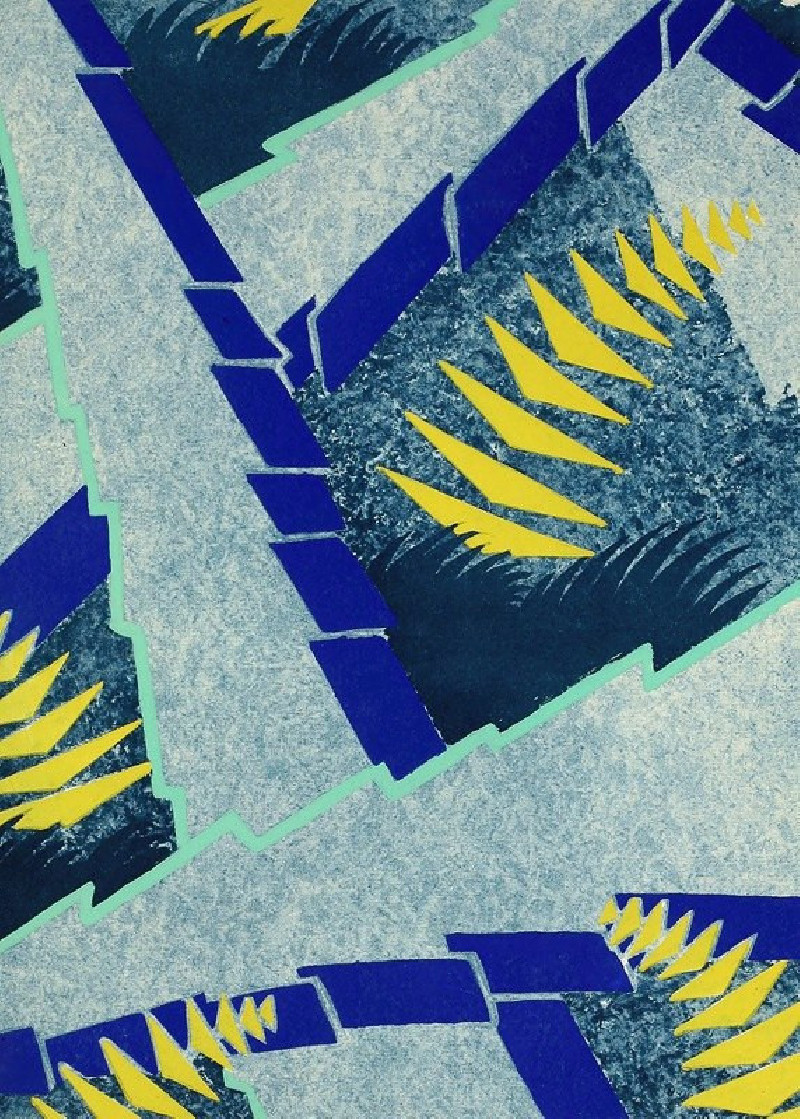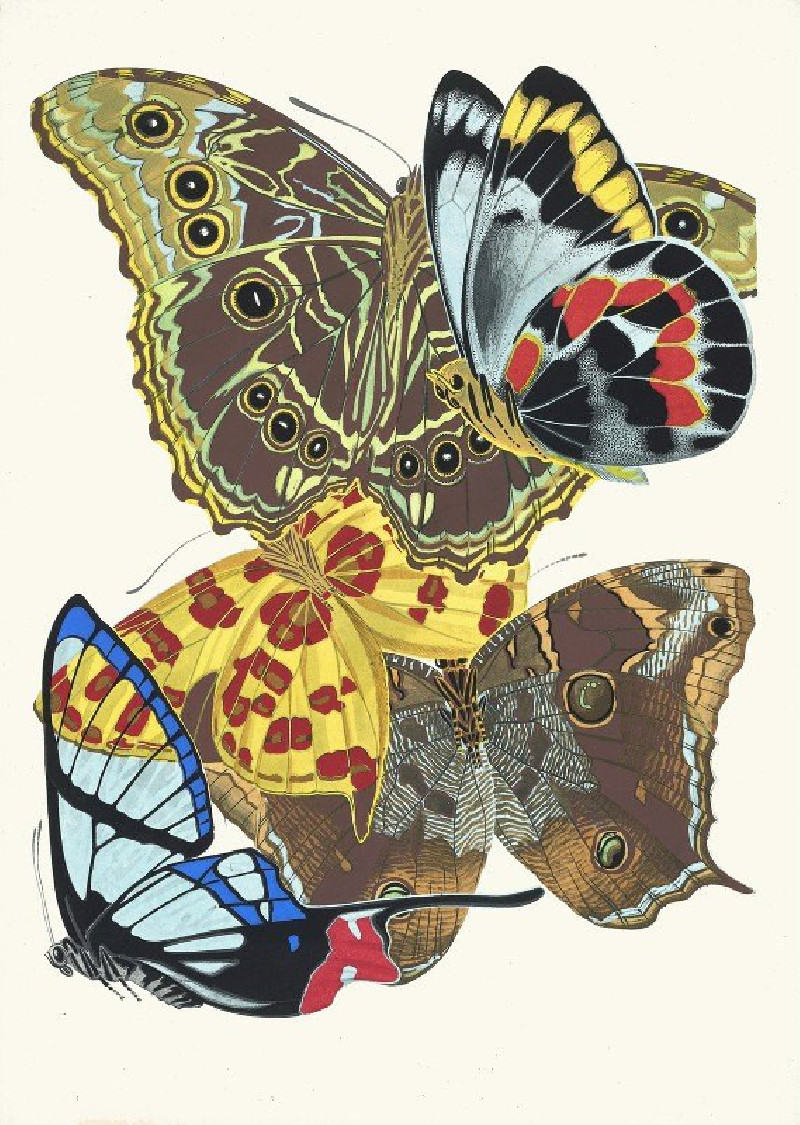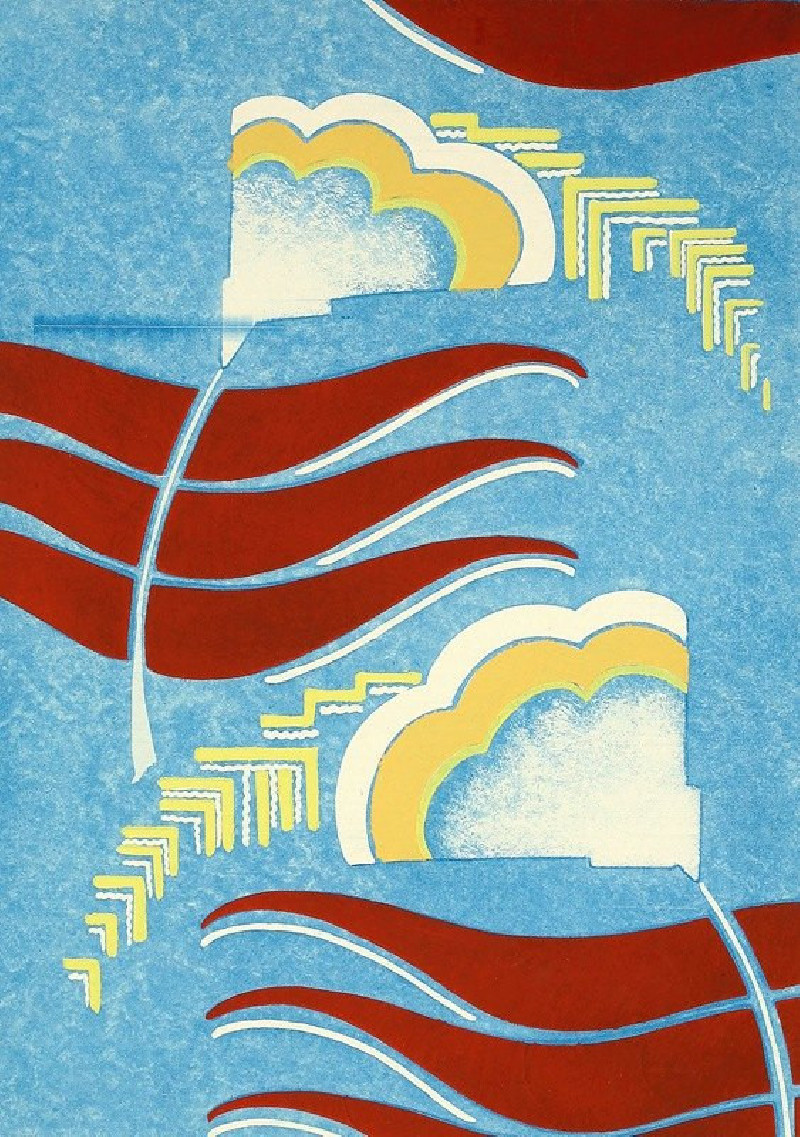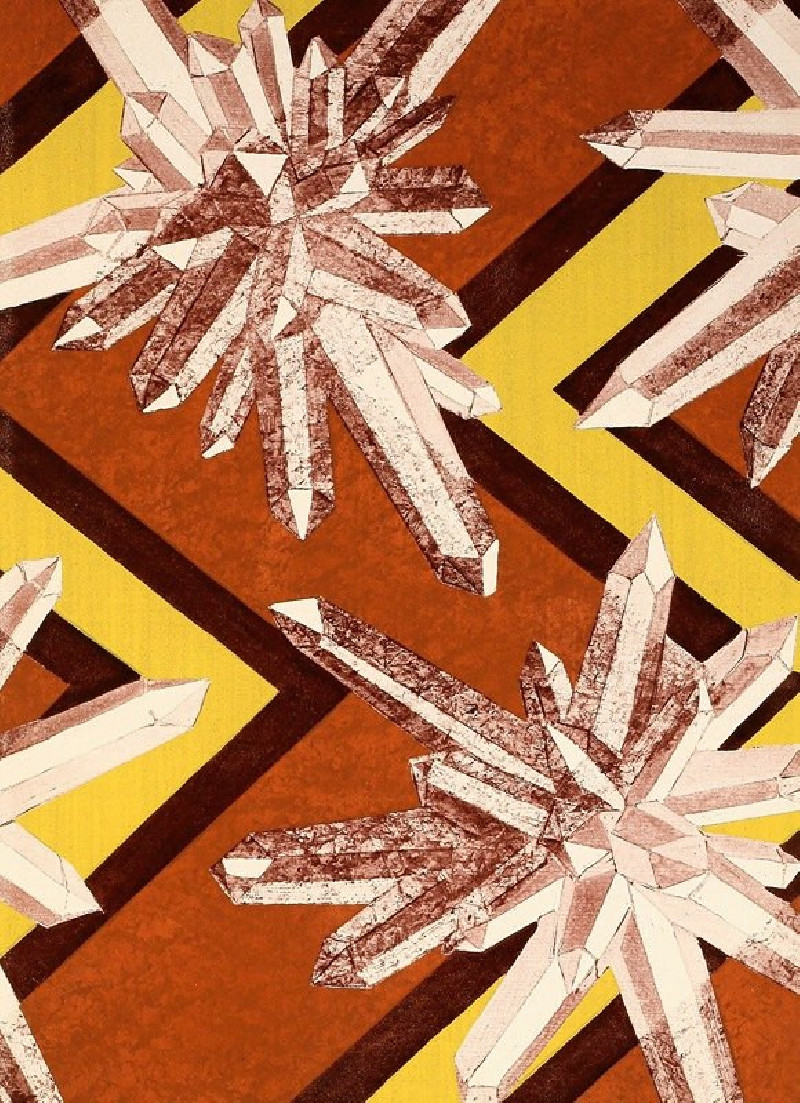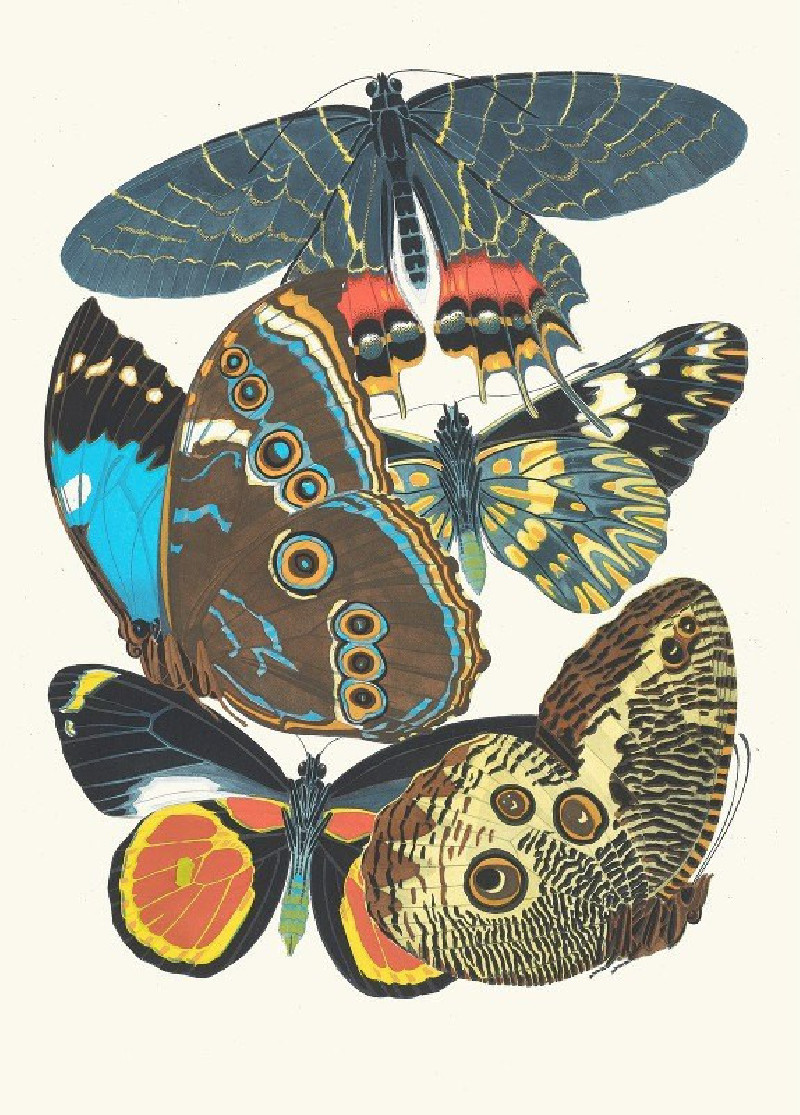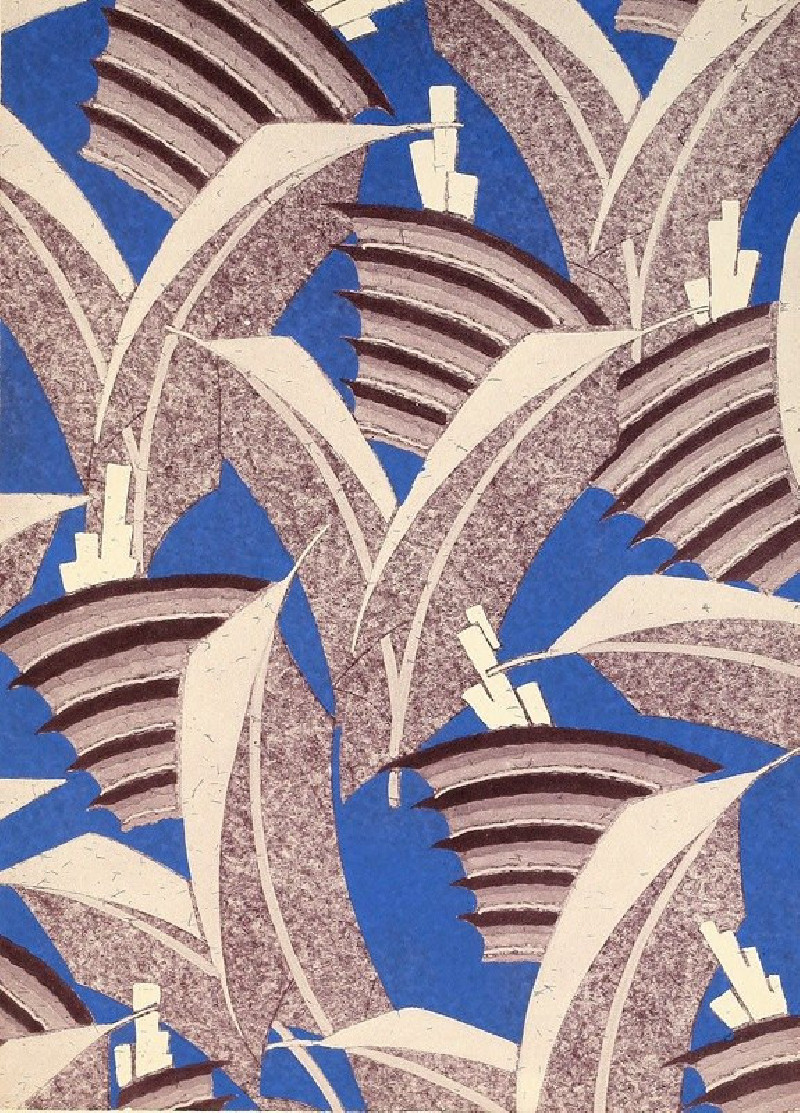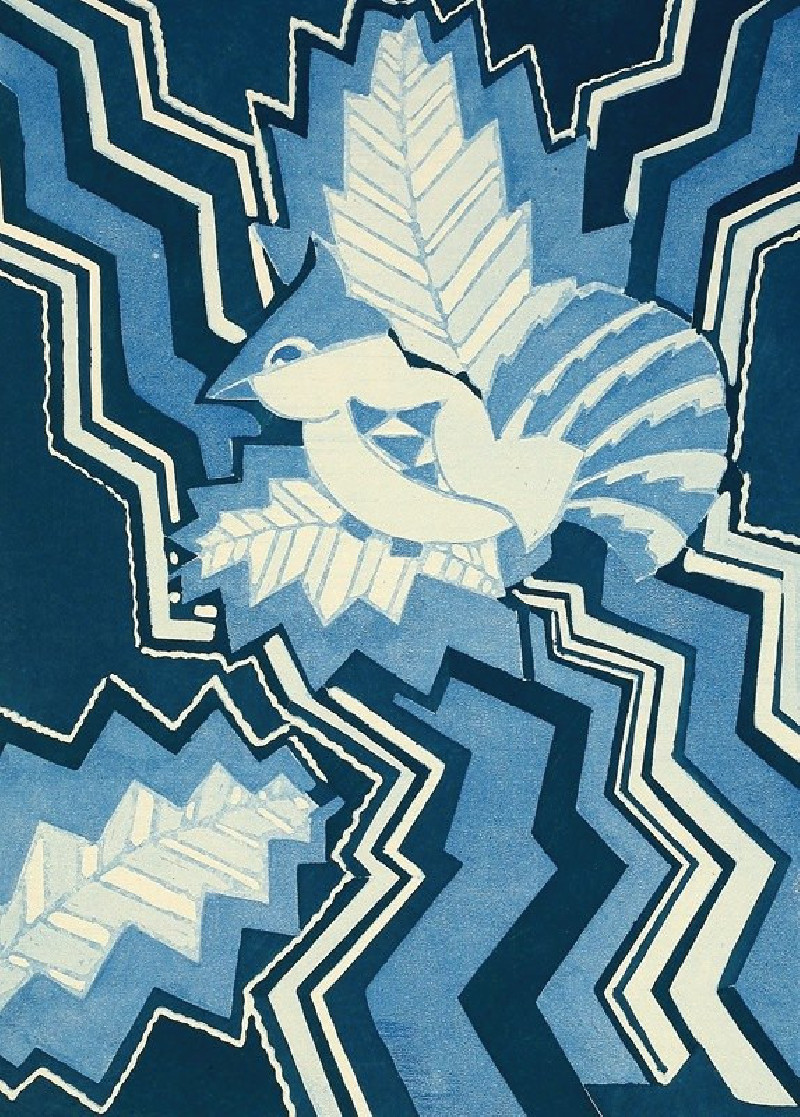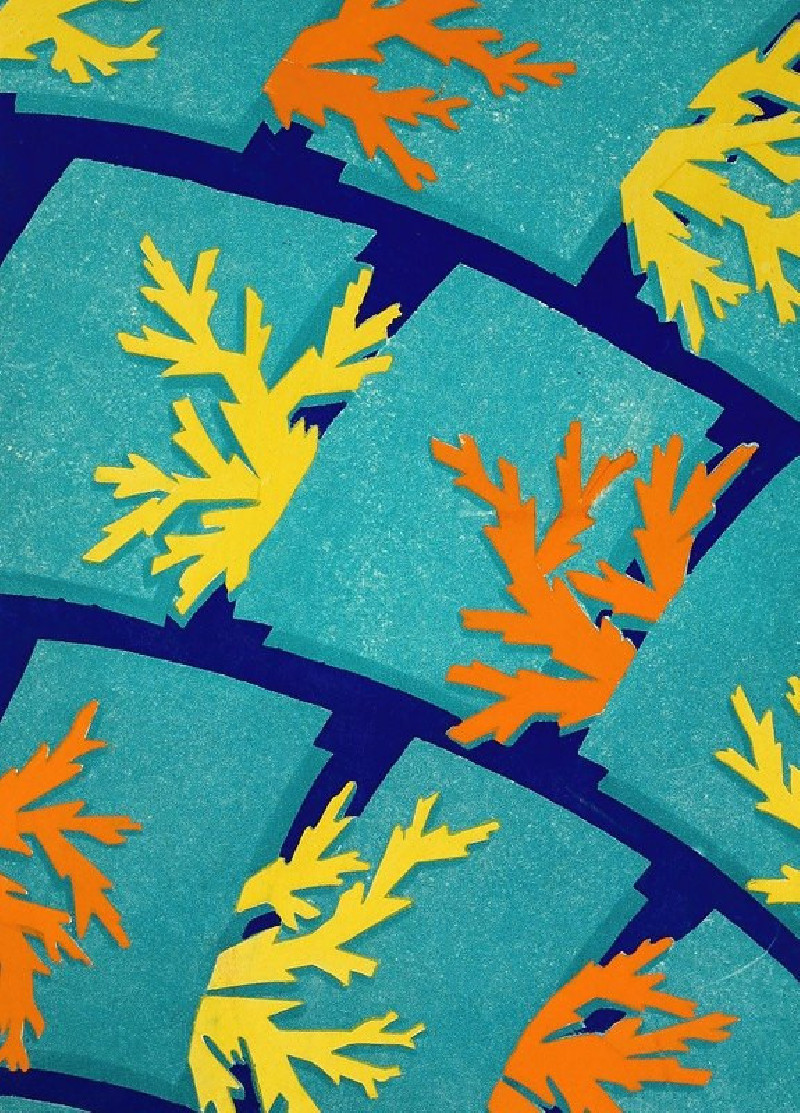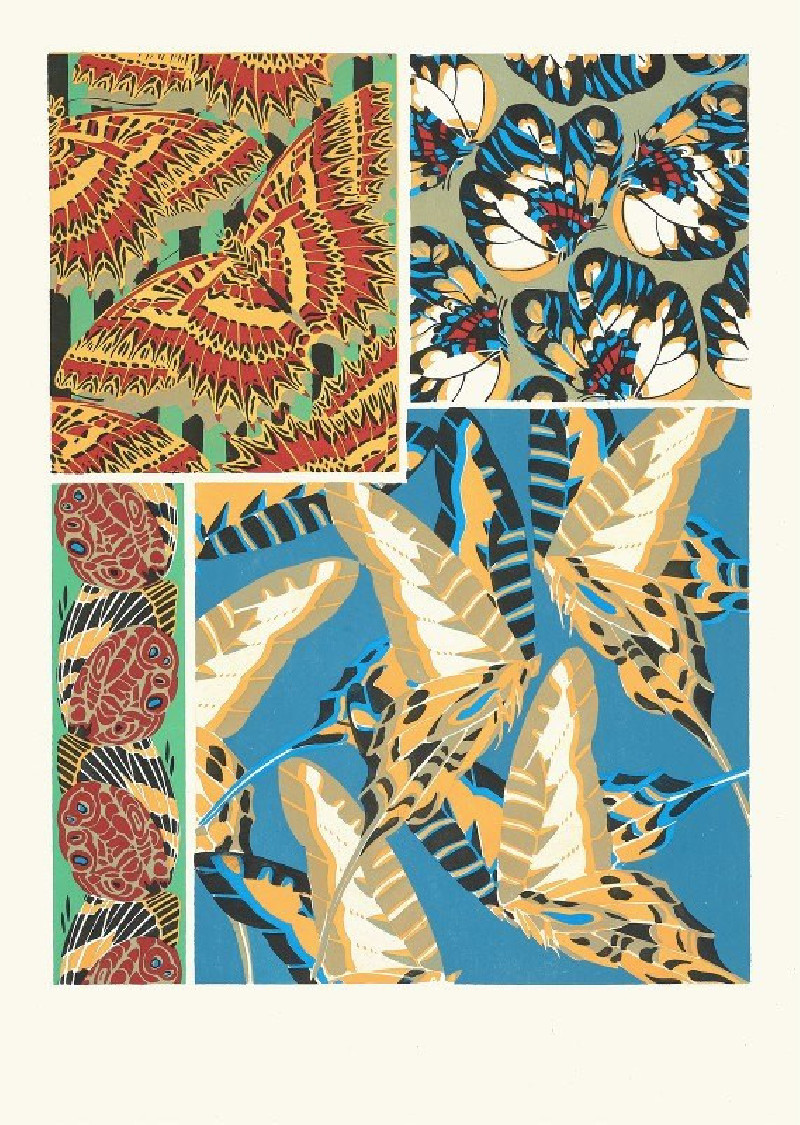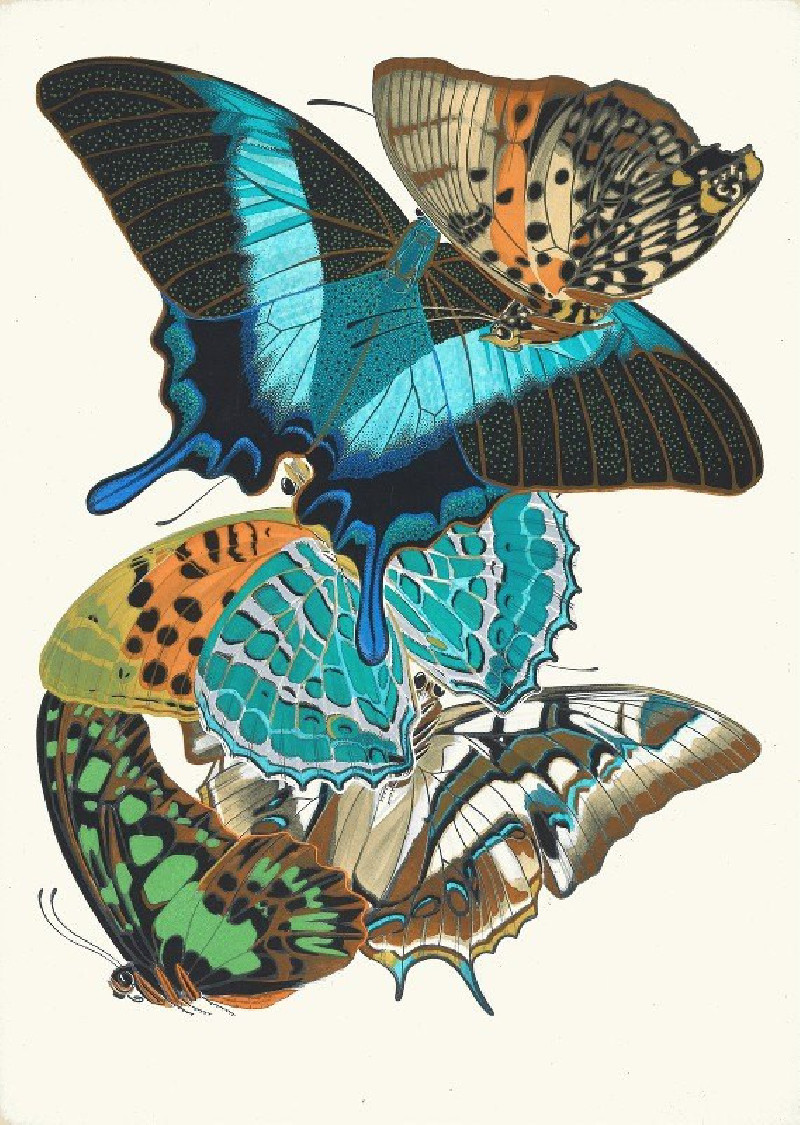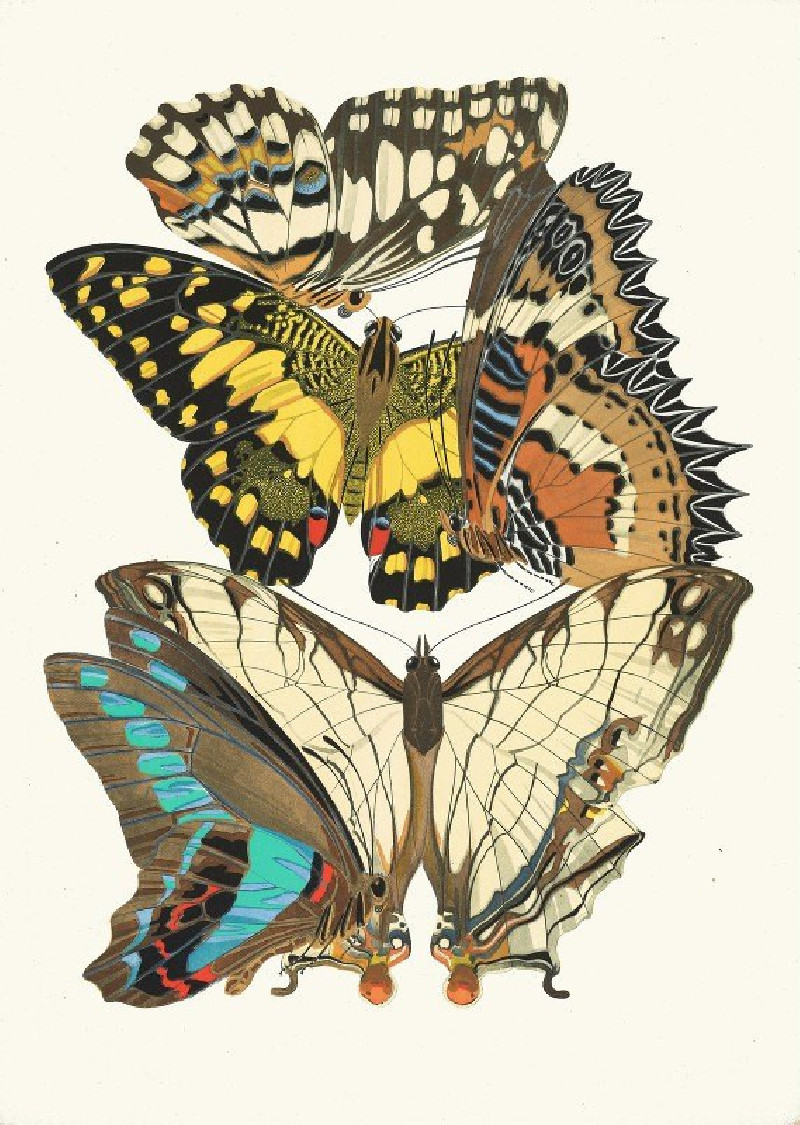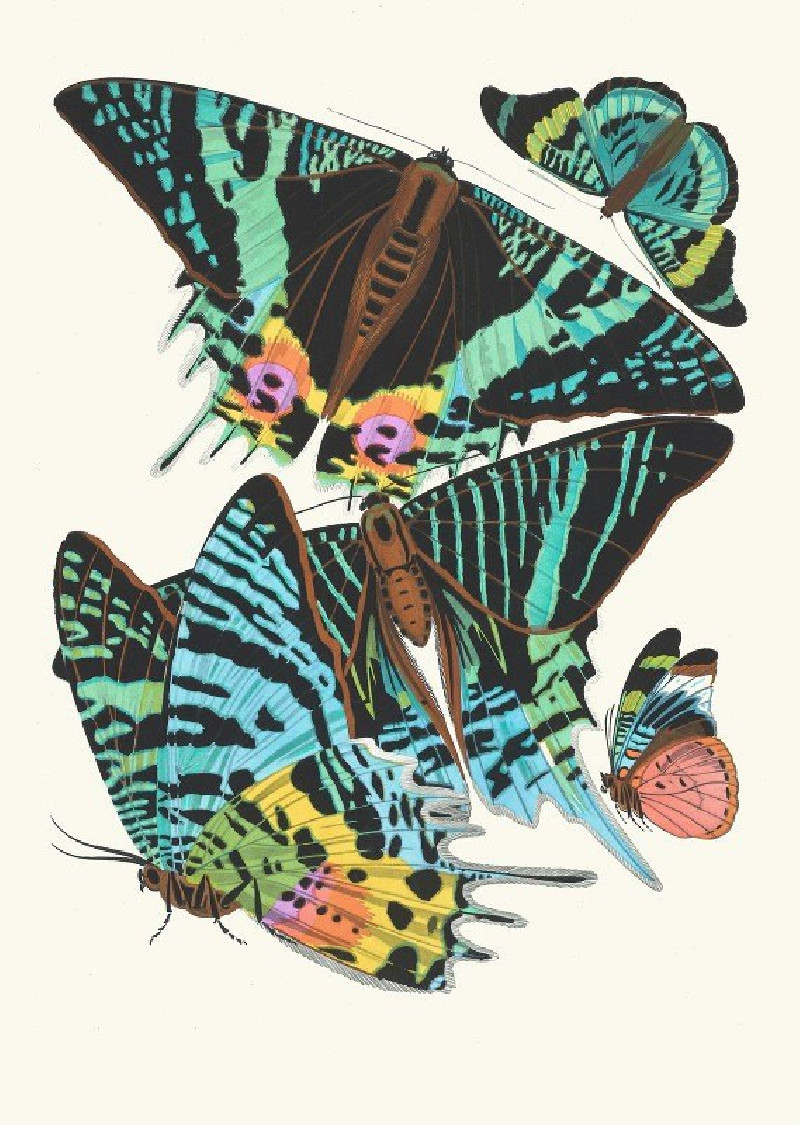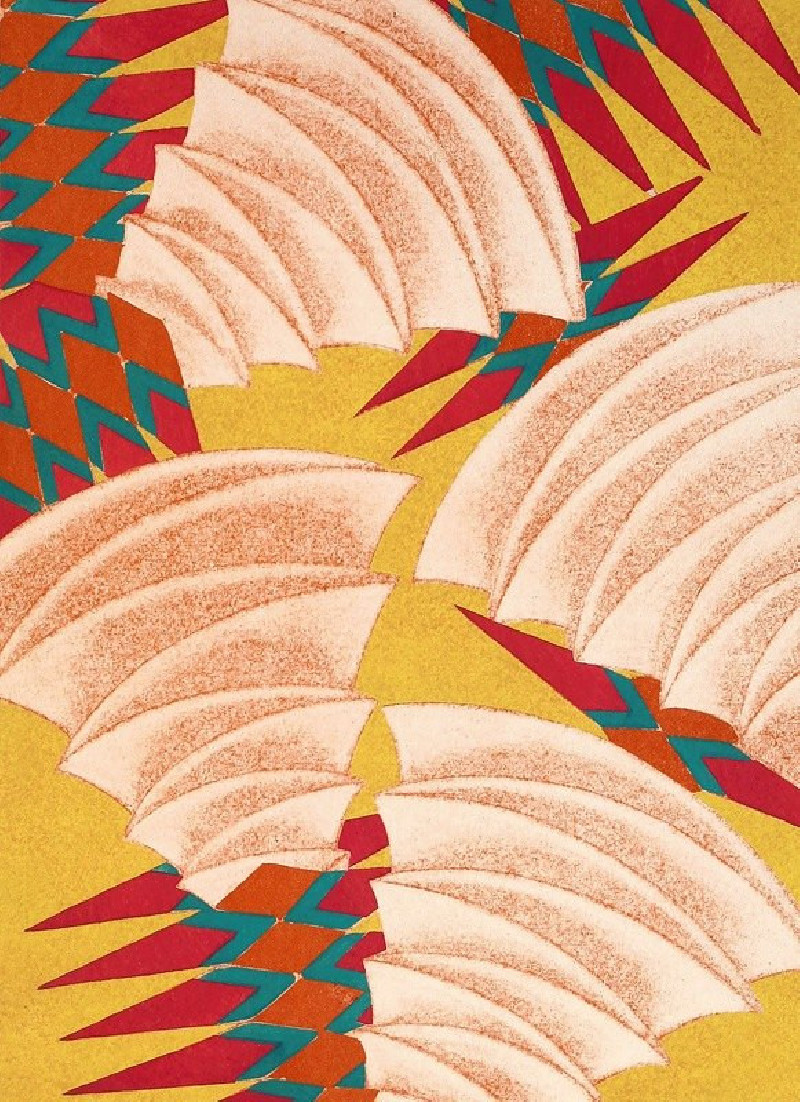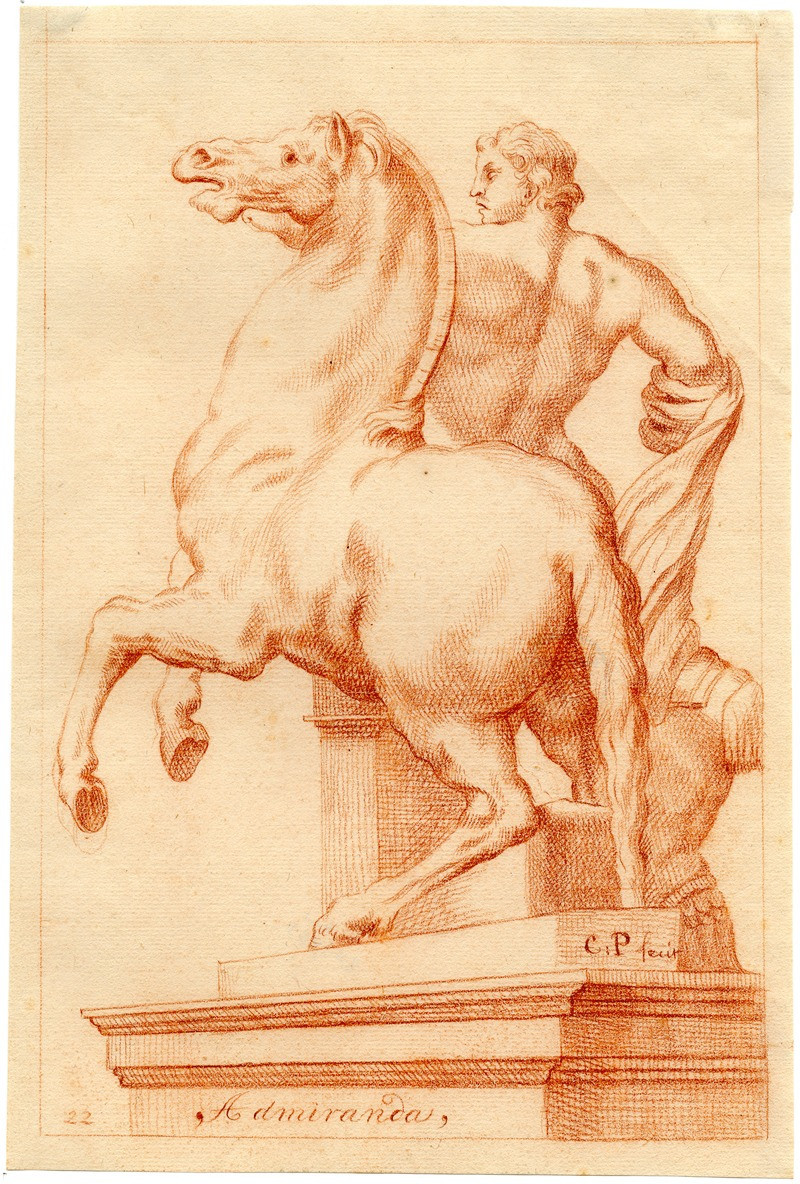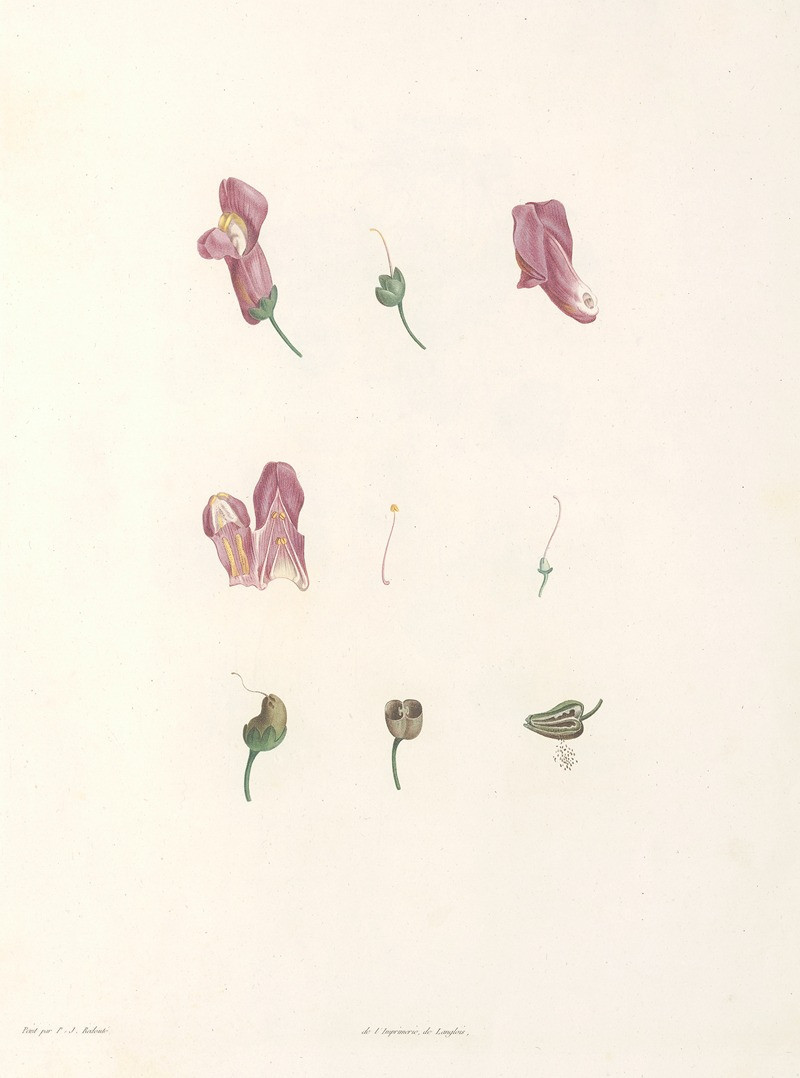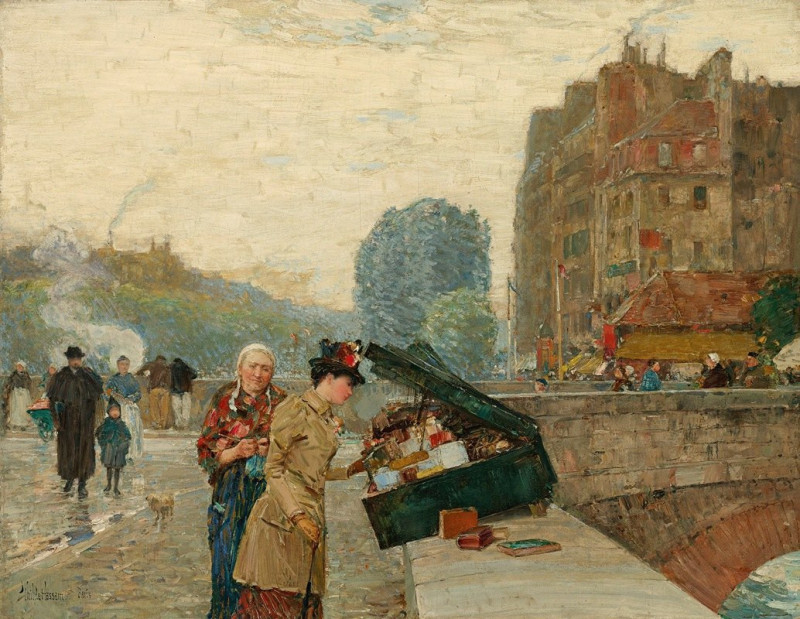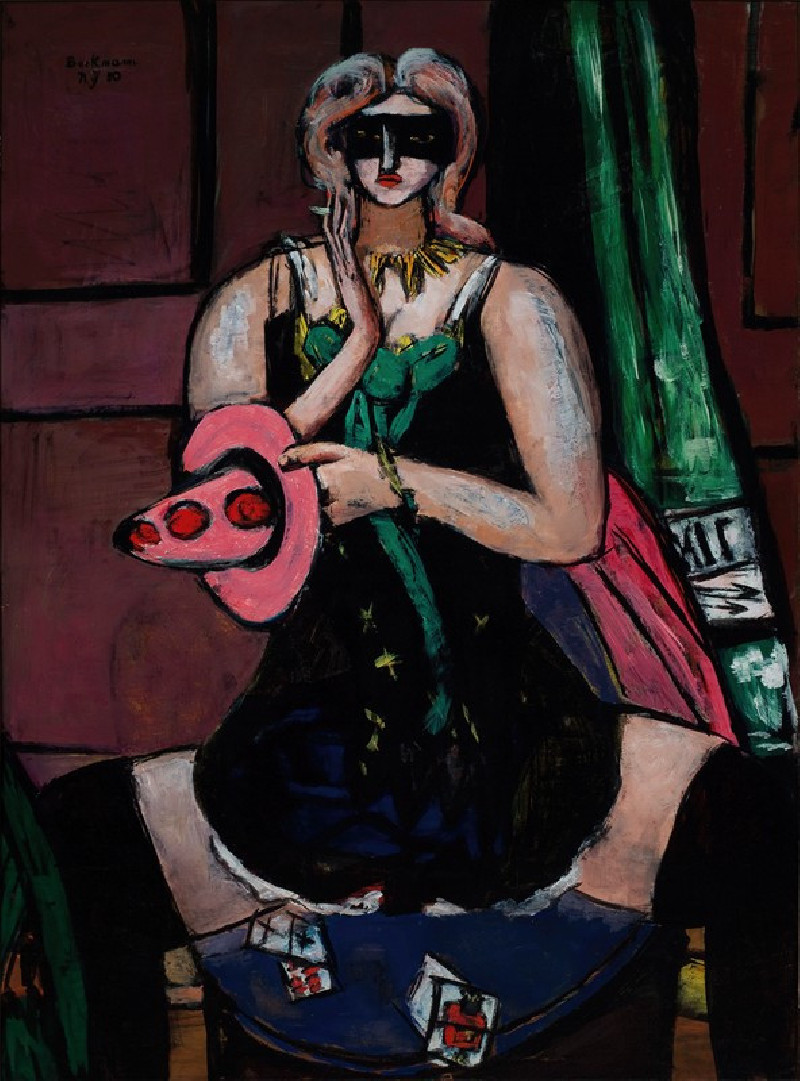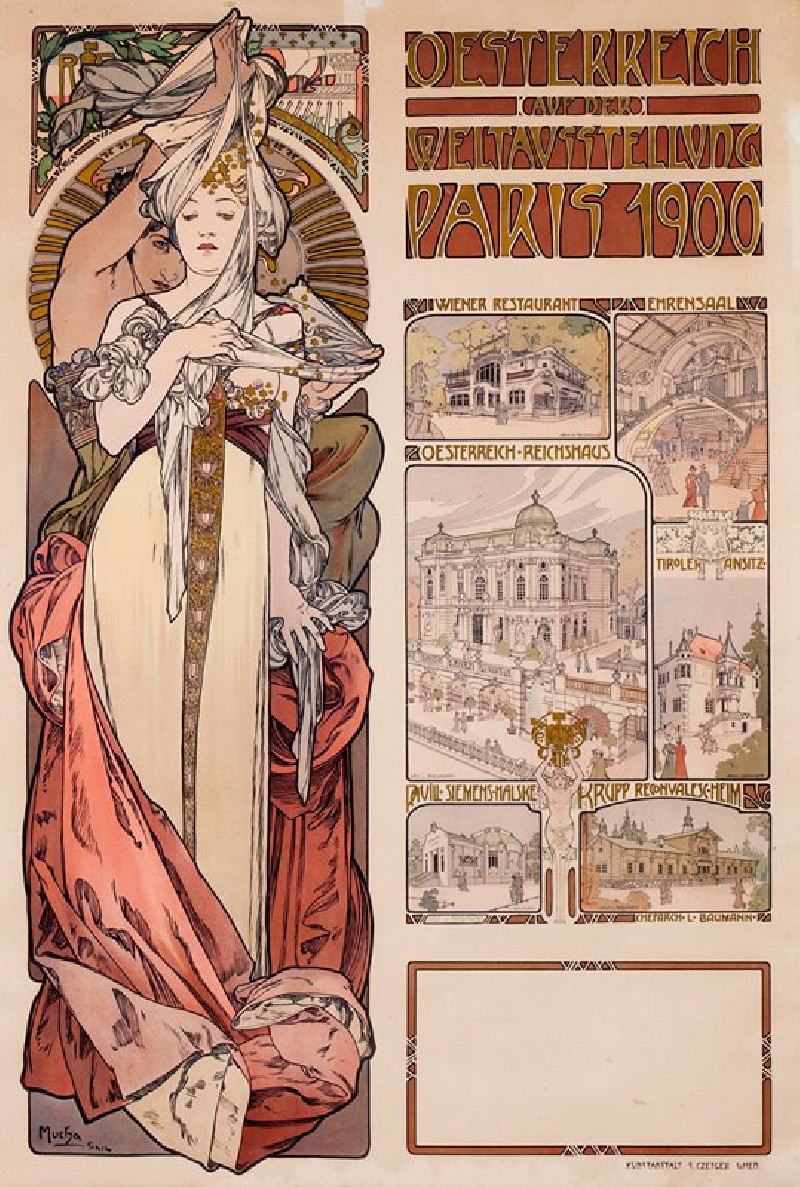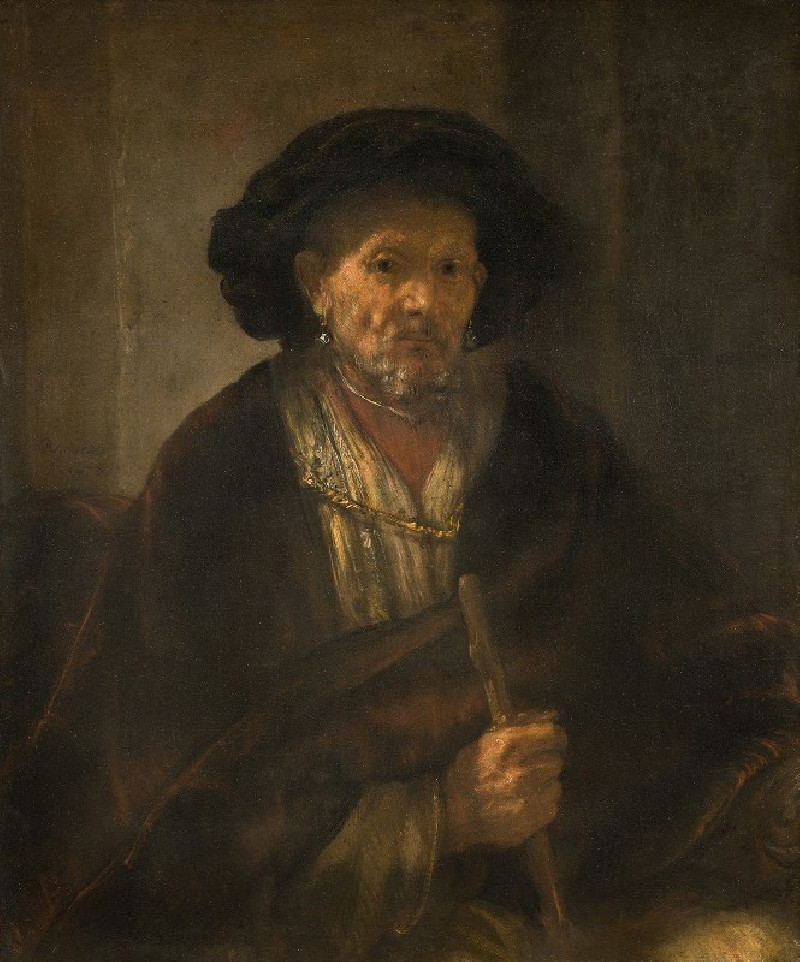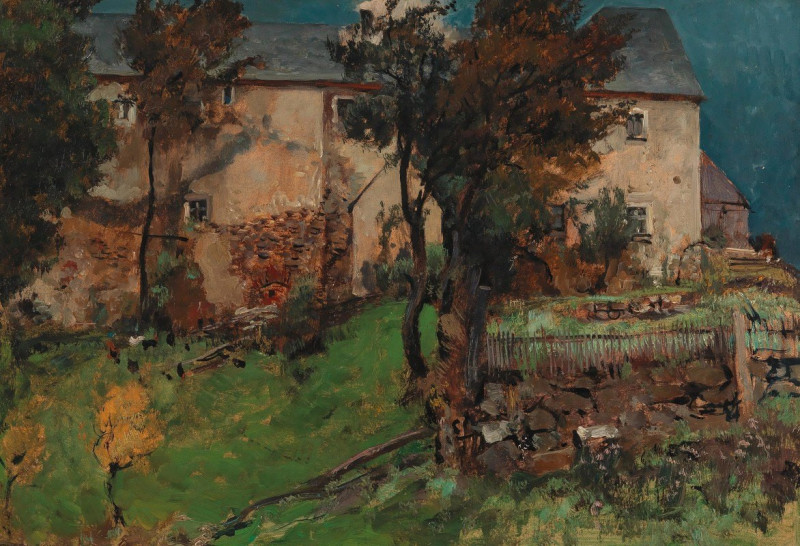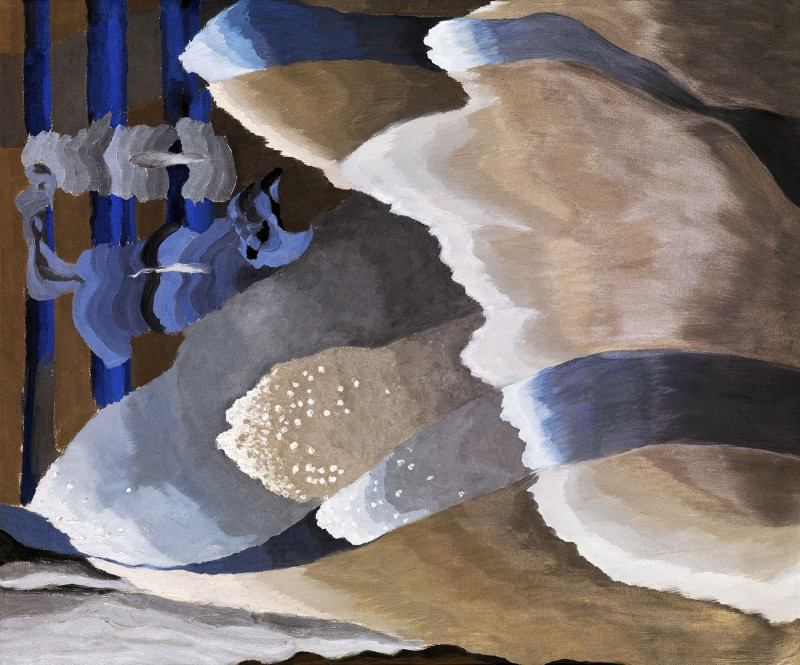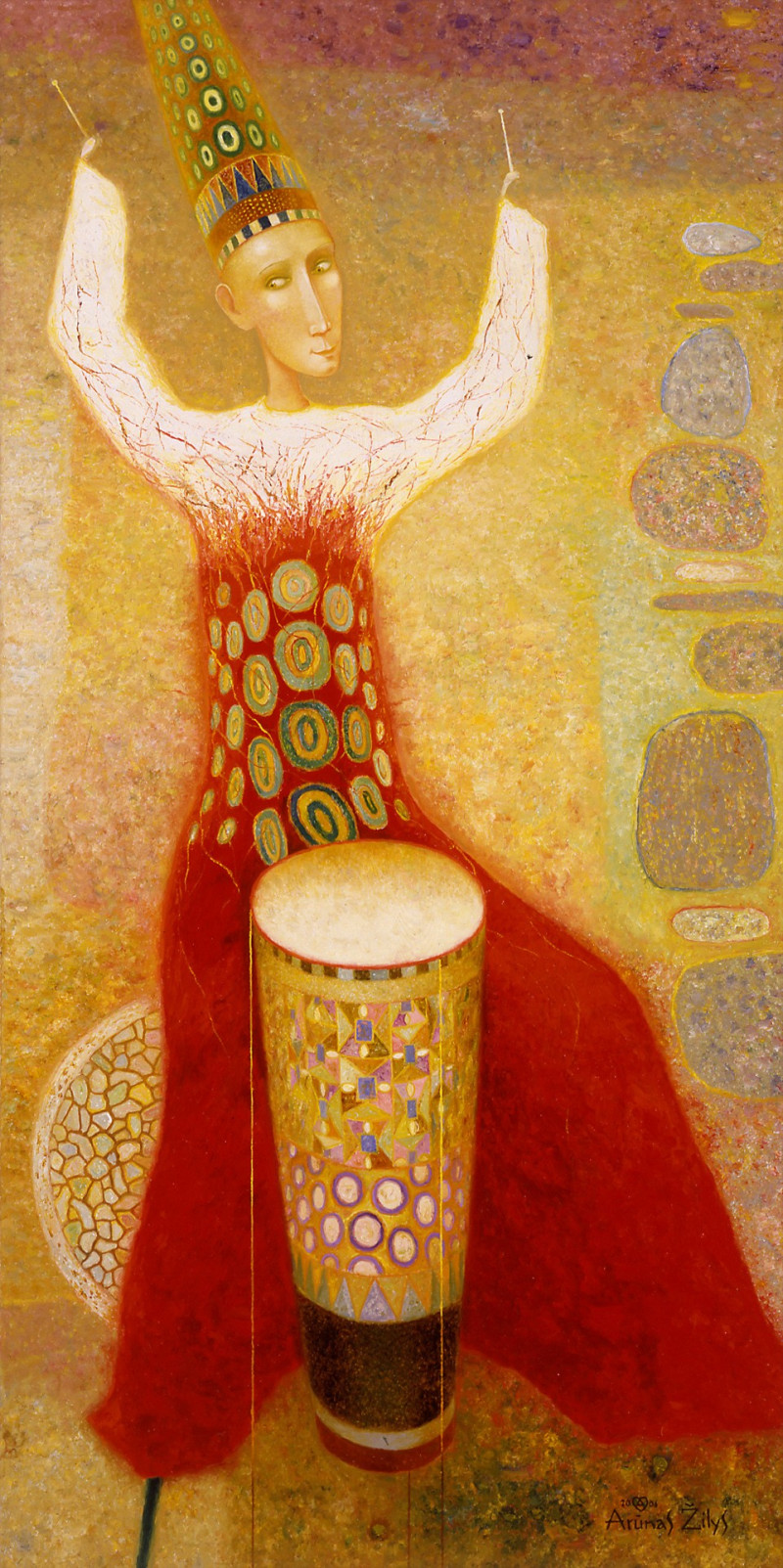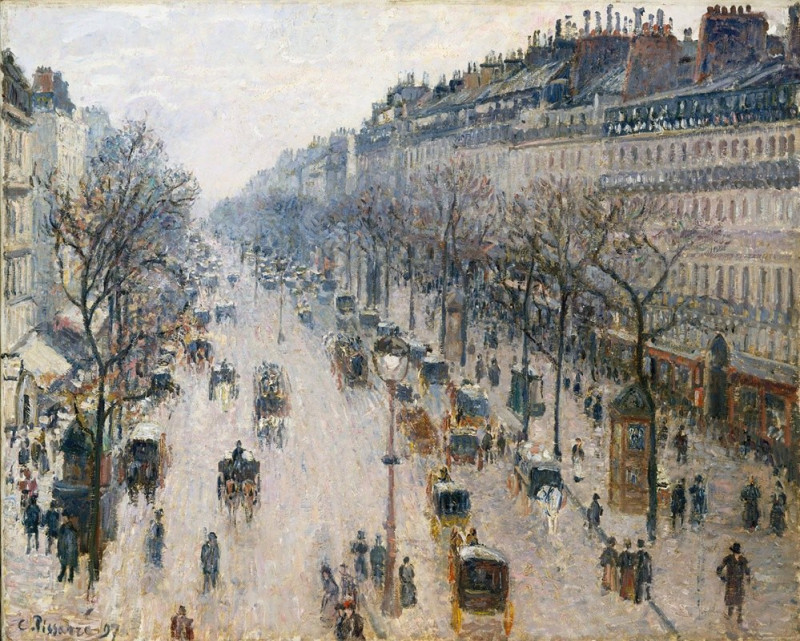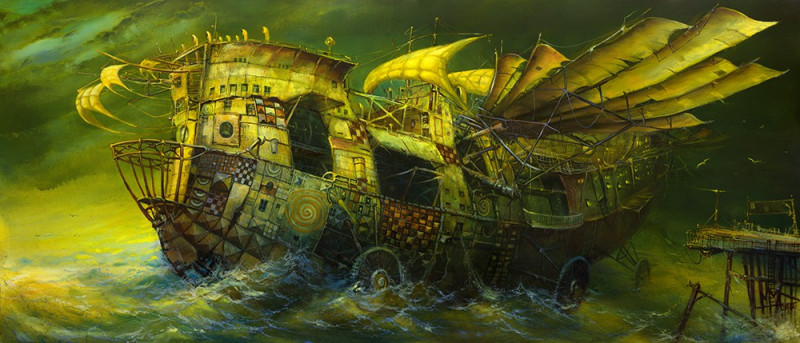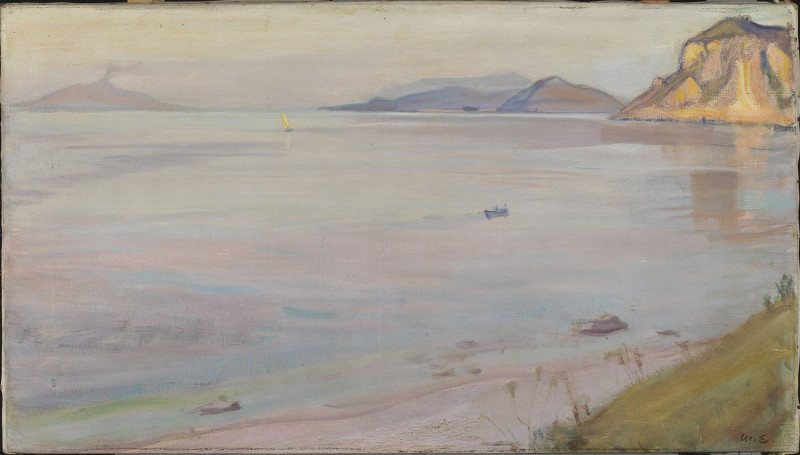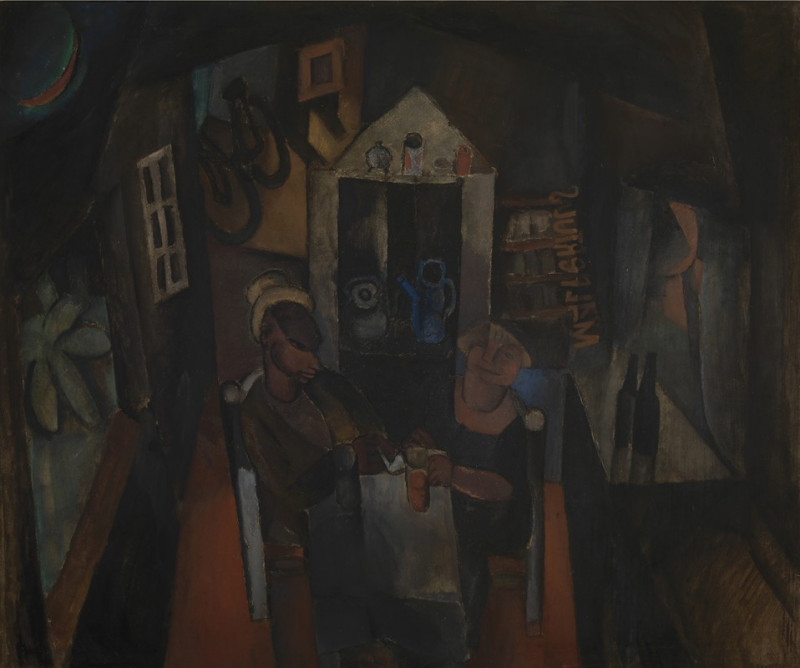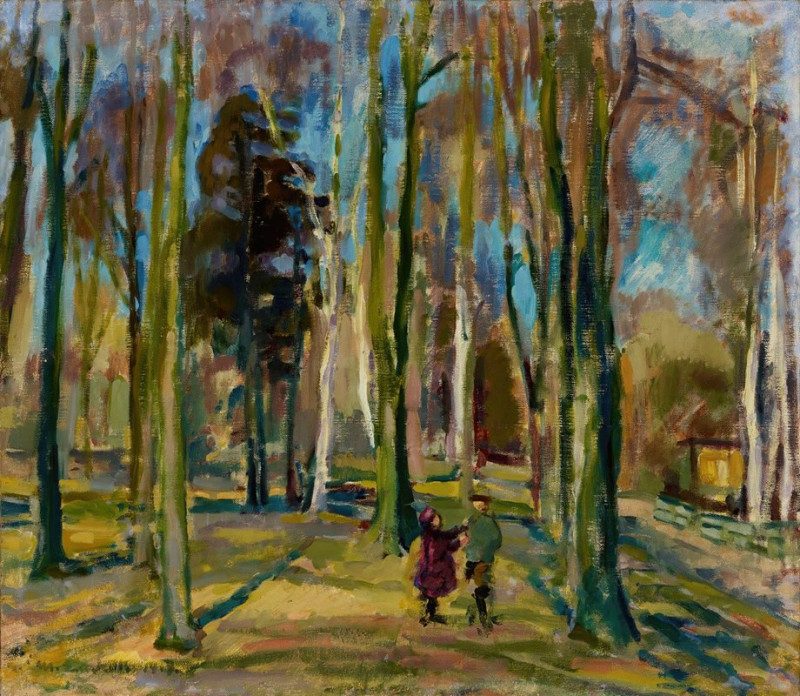Prismes-4 (1931)
Technique: Giclée quality print
Recommended by our customers
More about this artwork
We invite you to dive into the striking world of Emile-Allain Séguy through his piece "Prismes-4" created in 1931. This captivating artwork combines elements of both Art Deco and the emerging styles of geometric abstraction that characterized the early 20th century.In "Prismes-4," Séguy expertly manipulates the contrast between curvilinear shapes and angular forms, creating a dynamic and rhythmical piece. The main elements of the artwork seem to suggest abstracted insect wings or leaves, each set against bold, wavy lines reminiscent of naturalistic forms. The use of a monochromatic palette enhances the overall sense of unity and depth, making the shapes pop against a somber background.This painting not only displays Séguy's inclination toward the natural world but also his ability to reinterpret it through a prism of geometric abstraction. This play of forms and shadows will undoubtedly captivate viewers, inviting them to explore the harmony between nature and artistic expression.
Delivery
Returns
Emile-Allain Séguy was a popular French designer throughout the Art Deco and Art Nouveau movements of the 1920s. Often confused with the French entomologist Eugene Séguy who was active during the same time period, E.A. Séguy designed primarily patterns and textiles and was heavily influenced by the natural world. He was particularly fond of the intricate patterns and beauty of insects (Eugene would have approved), which he saw as “mechanic wonders” that provided abundant inspiration for interior design (Schiff, 157).


